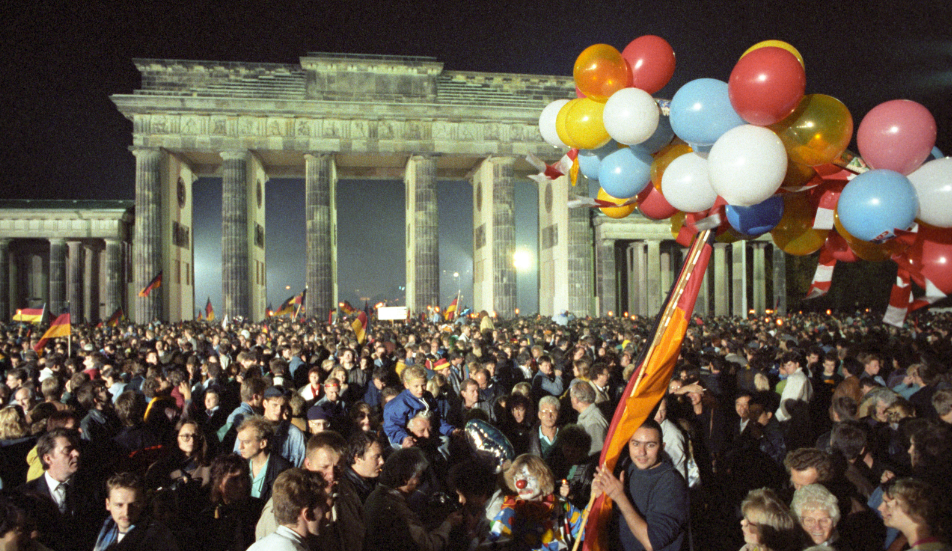Denmark, a picturesque Scandinavian nation known for its rich history and cultural heritage, celebrates the Denmark National Holiday, also known as Constitution Day, with great fervor and enthusiasm. This article will delve into the significance of Denmark’s Constitution Day, its historical roots, the various traditions and customs associated with the celebration, and answer some frequently asked questions related to this unique holiday.
Understanding the Importance of Denmark National Holiday
The Foundation of Democracy
Denmark’s Constitution Day, which falls on June 5th, marks the signing of the Danish Constitution in 1849. This document is considered a cornerstone in the nation’s history, as it laid the foundation for democracy and constitutional monarchy in Denmark. The Danish Constitution, often called “Grundloven,” established a constitutional monarchy, where the king or queen has limited powers, and the government is elected by the people. It enshrined fundamental principles of democracy, including the separation of powers, freedom of speech, and individual rights.
A Celebration of Freedom
Constitution Day is not just a date on the calendar; it represents the values of freedom, equality, and democracy that are deeply ingrained in Danish society. It is a day to reflect on the principles that guide the nation. Danes take great pride in their democratic heritage and celebrate Constitution Day as an affirmation of their commitment to these values. It serves as a reminder of the importance of upholding democratic ideals and ensuring that the rights of all citizens are protected.
Denmark National Holiday: Historical Background
Origins of the Constitution
The Danish Constitution was adopted on June 5, 1849, but its roots can be traced back to the turbulent years of the 19th century when Denmark underwent significant political reforms. Before the adoption of the constitution, Denmark was an absolute monarchy, where the king had nearly absolute power. However, as the winds of change swept across Europe, demands for political reform grew louder.
In the early 19th century, Denmark experienced political upheaval and unrest. The absolute monarchy faced increasing pressure to cede some of its powers to a more representative government. The adoption of the constitution was a response to these demands, and it marked a turning point in Danish history.
The Role of King Frederik VII
King Frederik VII played a pivotal role in the adoption of the constitution. He was a progressive monarch who recognized the need for a more democratic system in Denmark. In 1848, he agreed to the establishment of a constitutional monarchy and a constituent assembly to draft the constitution.
King Frederik VII’s willingness to embrace constitutional reforms was a significant step toward a more democratic Denmark. His support for the constitution paved the way for a new era of governance in which the power of the monarch was limited, and the rights of the people were recognized and protected.
Traditions and Customs on Denmark National Holiday
Flag Flying
One of the most visible traditions on Constitution Day is the flying of the Danish flag, known as the “Dannebrog.” People display the flag outside their homes and in public places as a symbol of national pride. The red and white flag has a special significance on this day, representing the unity and identity of the Danish nation.
Political Gatherings
Throughout Denmark, various political gatherings and events take place on Constitution Day. It’s a time for politicians to address the public and discuss matters of national importance. These gatherings provide an opportunity for citizens to engage with their elected representatives, voice their concerns, and celebrate the principles of democracy.
Political speeches often touch on topics such as the importance of civic participation, the role of the constitution in shaping the nation’s identity, and the ongoing commitment to democratic values.
Denmark National Holiday: Celebrations Across the Country
Parades and Processions
In many Danish towns and cities, colorful parades and processions are organized on Constitution Day. These events showcase local culture and history, with participants dressed in traditional clothing and carrying banners that represent their communities. Parades often feature music, dance, and performances that celebrate Denmark’s cultural diversity.
These lively processions are not only a source of entertainment but also a means of preserving and sharing Denmark’s rich cultural heritage. They provide a sense of unity and belonging among participants and spectators alike.
Cultural Festivals
Constitution Day is also a time for cultural festivals, where Danish music, dance, and cuisine are celebrated. It’s a day when the nation comes alive with the spirit of unity. These festivals offer a chance for people of all ages to enjoy traditional Danish dishes, such as smørrebrød (open-faced sandwiches), and engage in activities that highlight the country’s artistic and creative talents.
Cultural festivals provide a platform for local artists, musicians, and artisans to showcase their work and connect with the community. They are an integral part of Constitution Day’s festivities, emphasizing the importance of cultural expression and appreciation.
FAQs about Denmark’s Constitution Day
FAQ 1: Why is Constitution Day celebrated on June 5th?
Constitution Day is celebrated on June 5th to commemorate the signing of the Danish Constitution in 1849, a historic moment in Denmark’s transition to democracy. This date was chosen to honor the adoption of the constitution, which laid the groundwork for the democratic principles that continue to shape Danish society.
FAQ 2: Are there any age-old traditions associated with this holiday?
Yes, one of the oldest traditions is the hoisting of the Danish flag, symbolizing national unity and pride. The tradition of flag flying dates back centuries and remains a powerful symbol of Danish identity.
FAQ 3: How do people typically spend Constitution Day in Denmark?
Many Danes spend the day attending parades, cultural events, and family gatherings, celebrating their nation’s values and heritage. It’s a time for reflection, community engagement, and enjoying the company of loved ones.
FAQ 4: Is Constitution Day a public holiday in Denmark?
Yes, Constitution Day is a national public holiday in Denmark, allowing citizens to participate in the festivities without the constraints of work or school. It’s a day when people from all walks of life come together to celebrate their shared history and values.
FAQ 5: What is the significance of the Danish Constitution in today’s society?
The Danish Constitution continues to serve as the foundation of the country’s democratic values and institutions, ensuring that Denmark remains a free and democratic nation. It guarantees the rights and freedoms of all citizens and provides a framework for the functioning of government. Today, the constitution remains a living document, adapting to the changing needs and aspirations of Danish society.
Denmark National Holiday: Conclusion
Denmark’s Constitution Day, celebrated on June 5th, is a testament to the nation’s commitment to freedom, democracy, and unity. It commemorates the adoption of the Danish Constitution and serves as a reminder of the values that make Denmark a unique and thriving nation. As Danes gather to fly their flags, attend parades, and enjoy cultural festivals, they reaffirm their dedication to the principles that have guided their nation for over a century.
In conclusion, Constitution Day is a time for Danes to come together, celebrate their shared heritage, and recommit themselves to the principles that have shaped their democratic society. It is a day of unity, reflection, and celebration, highlighting Denmark
References:
- “Danish Constitution” – The Constitutional Act of Denmark, June 5, 1849.
- “Flag of Denmark” – History and Symbolism.
- “King Frederik VII of Denmark” – Historical Background.
- “Danish Constitution Day Traditions” – A Guide to Celebrations.

